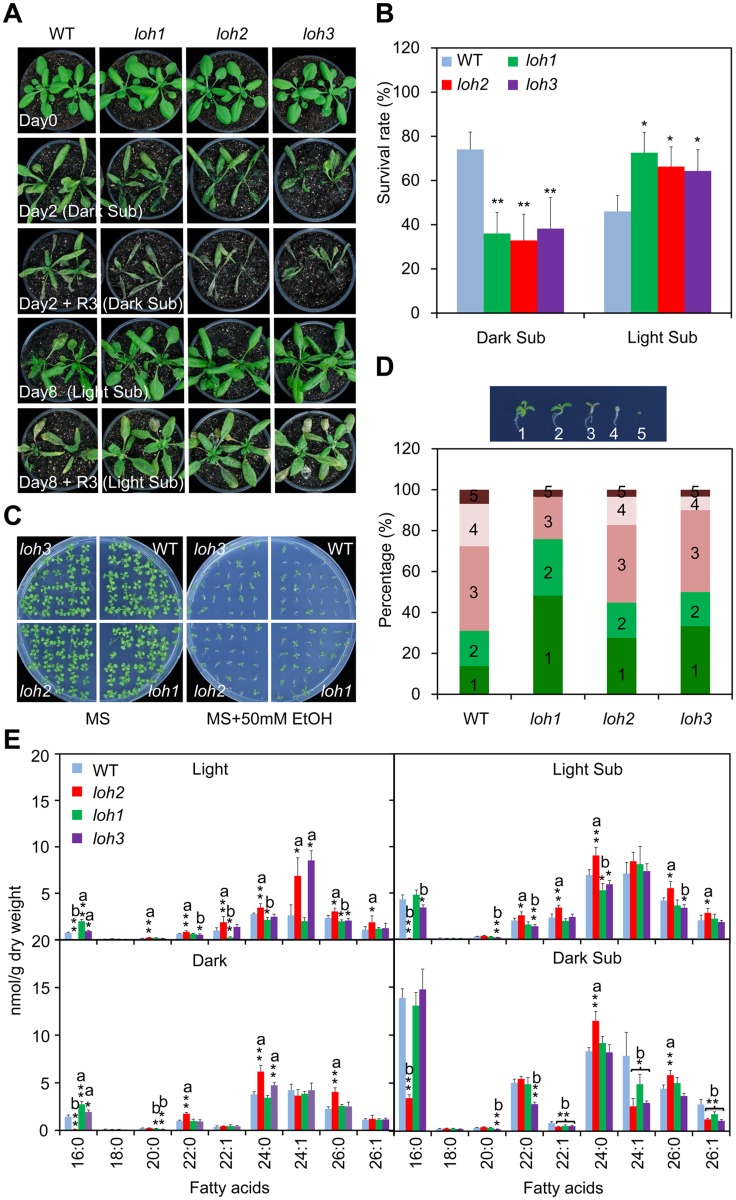Fig 4. Phenotypic analysis of loh mutants in response to hypoxic and ethanolic treatments.
(A) Images of 4-week-old wild type (WT), loh1, loh2 and loh3 mutants before treatment (Day 0), after 2-d dark submergence treatment (Day 2, Dark Sub), or 8-d light submergence treatment (Day 8, Light Sub), and followed by recovery for 3 d. The experiment has been independently repeated four times with similar results. (B) Survival rates of WT, loh1, loh2 and loh3 mutants in (A) following recovery. The survival rates were calculated based on the numbers of plants with capability to produce new leaves and continue to growth after recovery from hypoxic stress. Data are means ±SD (n = 60) of four independent repeats. *P<0.05 or **P<0.01 by Student’s t-test. (C) Images of WT, loh1, loh2 and loh3 mutants in response to 2-week ethanolic treatments. Seeds were germinated on MS medium without (MS) or with 50 μM ethanol (MS + 50 mM EtOH) for 2 weeks and images were recorded at the end of treatment. (D) Statistical frequencies of seedlings in (C). The numbers in the columns correspond to seedlings with true leaves (1), seedling with green (2) or brown (3) cotyledons, etiolated seedlings (4) and not germinated seeds (5). (E) Decrease of fatty acyl unsaturated ceramides in loh mutants upon dark submergence treatment in comparison to wild type. Four-week-old WT, loh1, loh2 and loh3 mutants were untreated (Light), dark-treated (Dark) and dark submergence-treated for 24 h (Dark Sub), and light submergence-treated for 48 h (Light Sub). The rosettes were harvested at the indicated times and ceramides were extracted and quantified by ESI-MS/MS. The amounts of ceramides were calculated by normalizing to the dry weights of tissues. a, indicates value of loh mutants higher than that of WT; b, indicates value of loh mutants lower than that of WT (*P<0.05 or **P<0.01 by Student’s t-test). Values are the means ±SD (n = 4).

